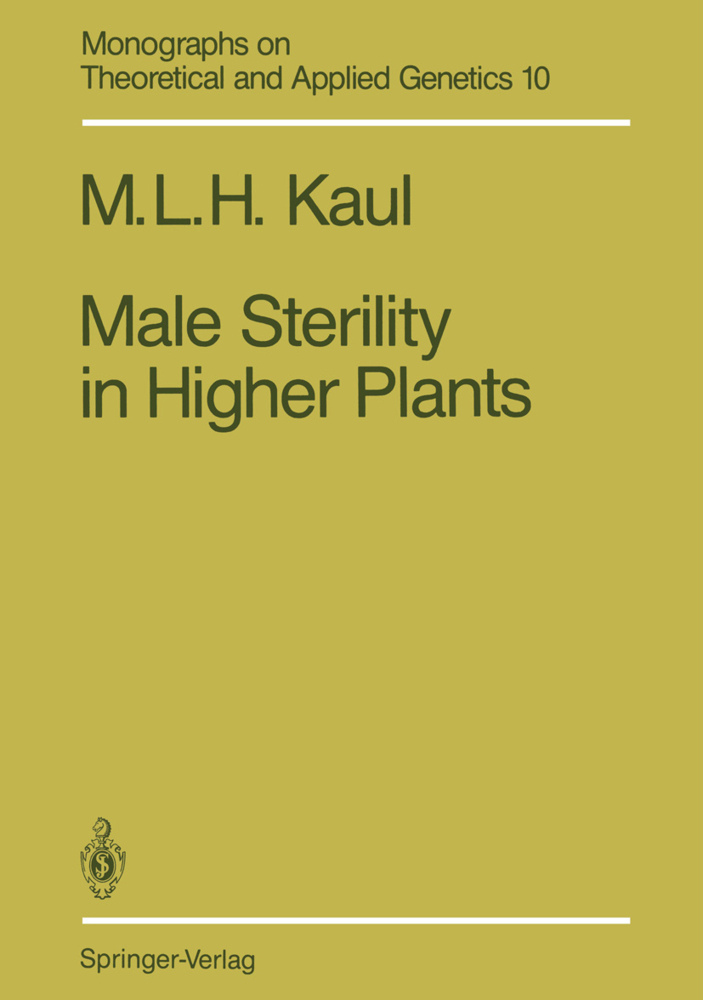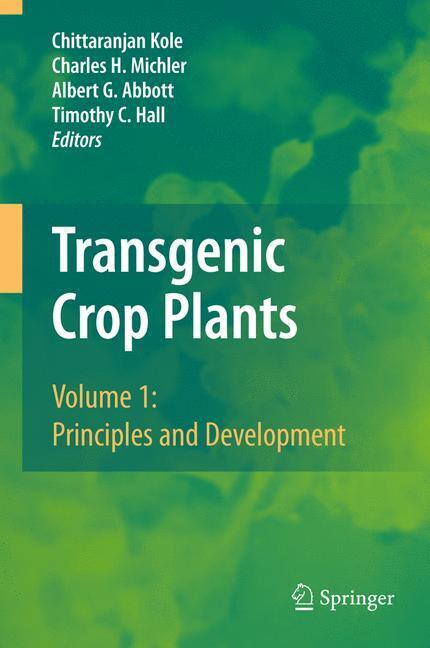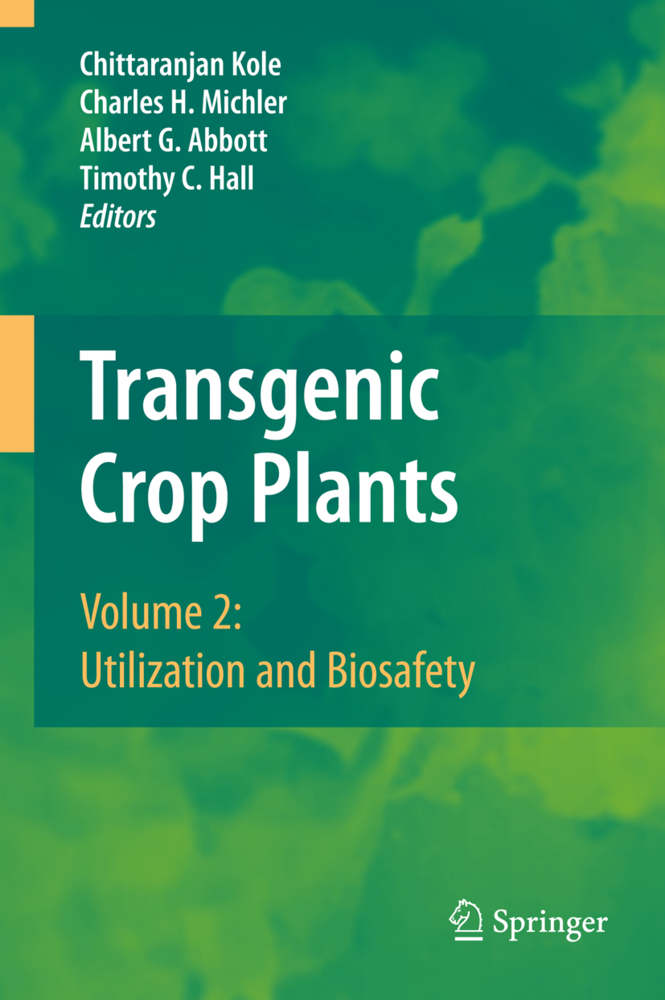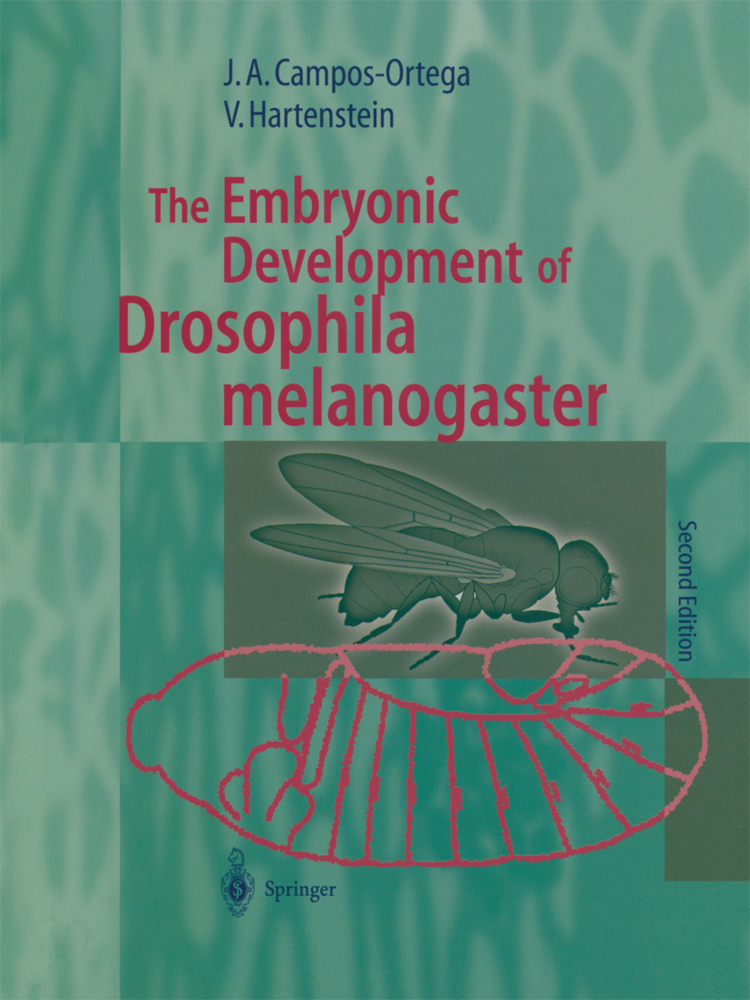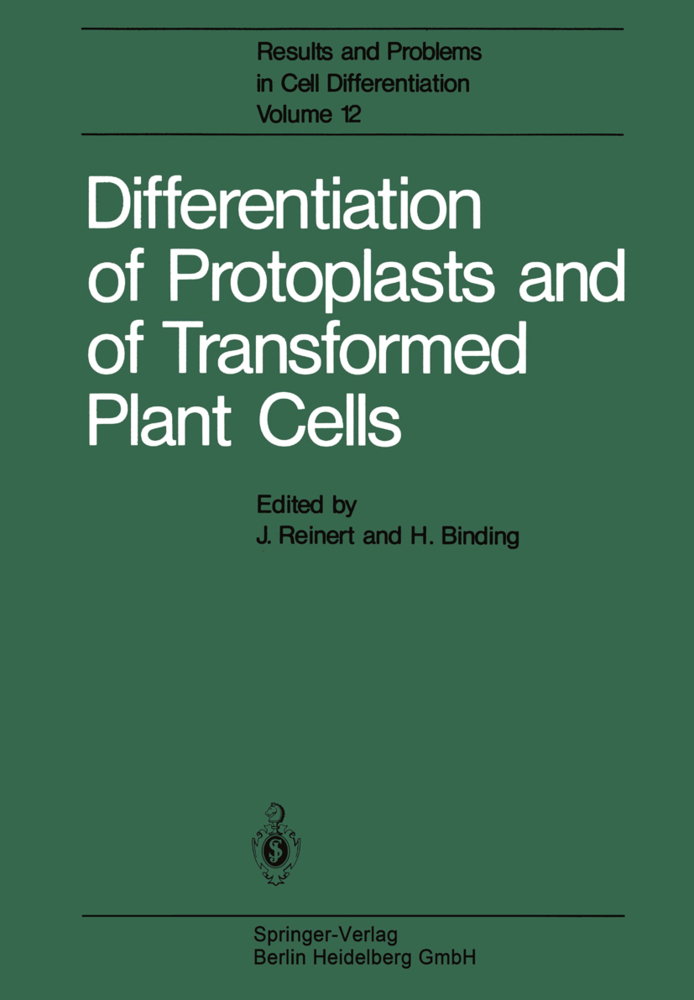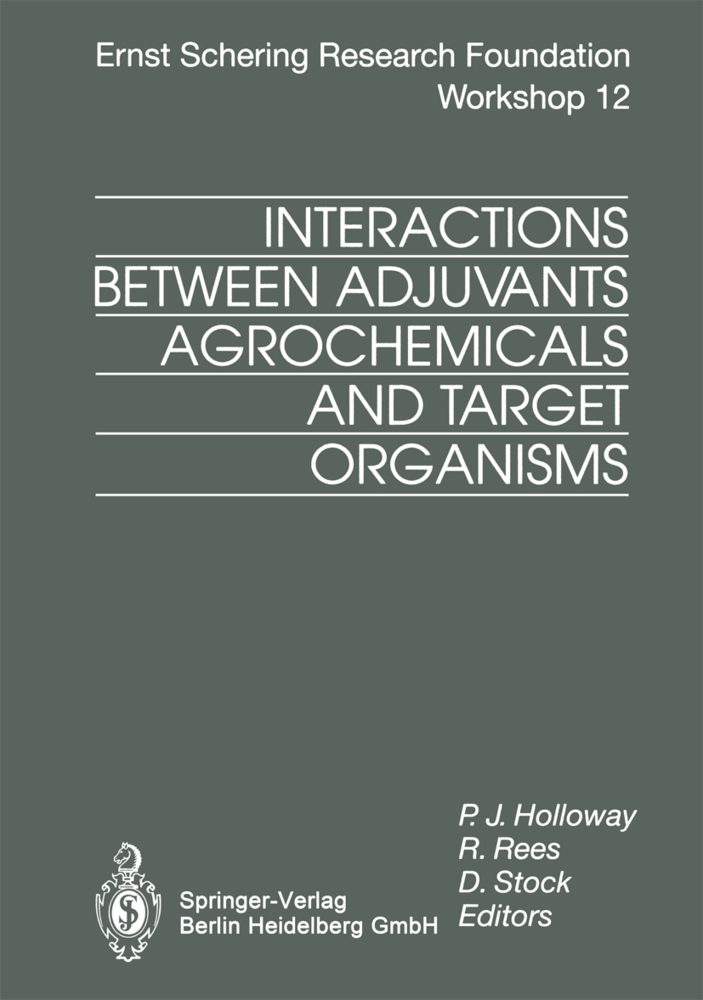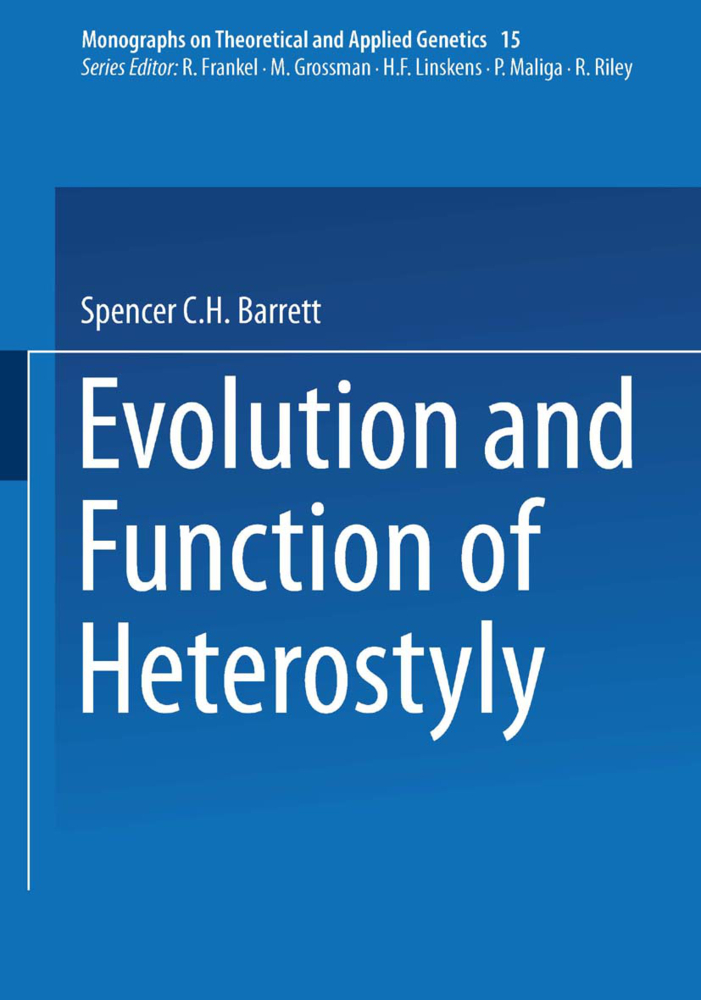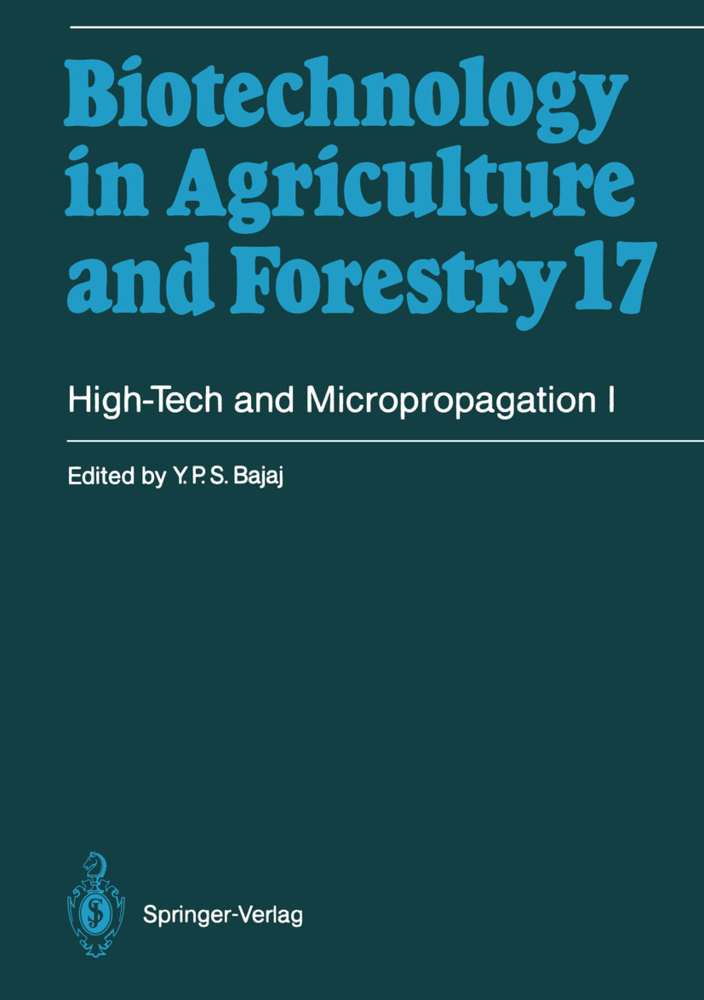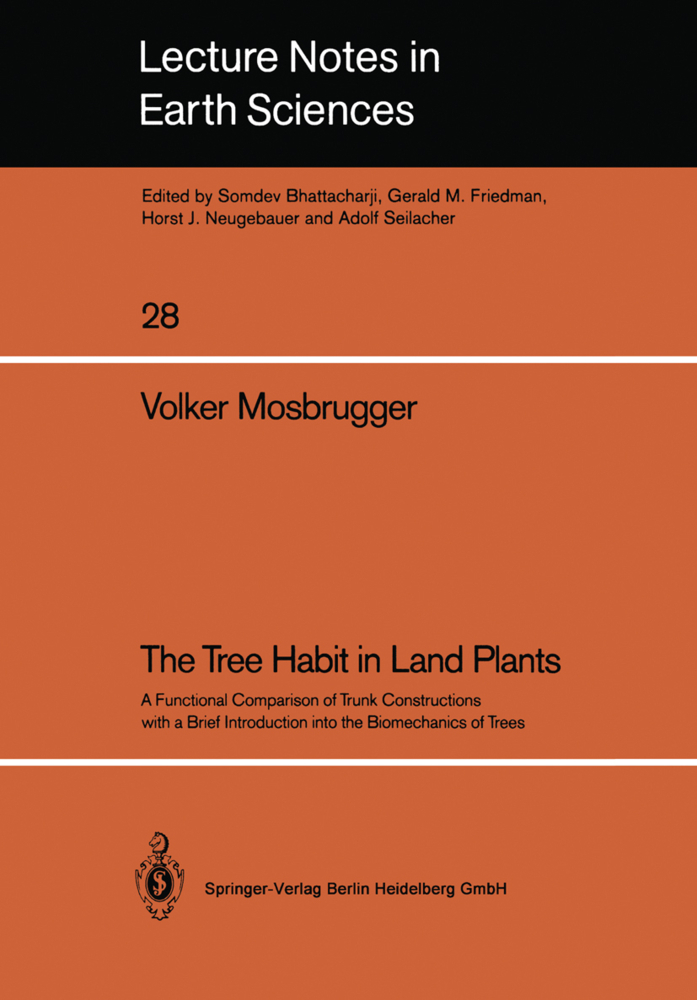Male Sterility in Higher Plants
Male Sterility in Higher Plants
" . . . . . . Nature has something more in view than that its own proper males should fecundate each blossom. " Andrew Knight Philosophical Transactions, 1799 Sterility implicating the male sex solely presents a paradoxical situation in which universality and uniqueness are harmoniously blended. It maintains a built-in outbreeding system but is not an isolating mechanism, as male steriles, the "self-emasculated" plants, outcross with their male fertile sibs normally. Both genes (nuclear and cytoplasmic) and environment, individually as well as conjointly, induce male sterility, the former being genetic and the latter nongenetic. Genetic male sterility is controlled either exclusively by nuclear genes (ms) or by the complementary action of nuclear (lr) and cytoplasmic (c) genes. The former is termed genic and the latter gene-cytoplasmic male sterility. Whereas genic male sterility exhibits Mendelian inheritance, gene-cytoplasmic male sterility is non-Mendelian, with specific transmissibility of the maternal cytoplasm type. Genetic male sterility is documented in 617 species and species crosses com prising 320 species, 162 genera and 43 families. Of these, genic male sterility occurs in 216 species and 17 species crosses and gene-cytoplasmic male sterility in 16 species and 271 species crosses. The Predominance of species exhibiting genic male sterility and of species crosses exhibiting gene-cytoplasmic male sterility is due to the fact that for the male sterility expression in the former, mutation of nuclear genes is required, but in the latter, mutations of both nuclear and cytoplasmic genes are necessary.
2 Genic Male Sterility
3 Gene-Cytoplasmic Male Sterility
4 Chemical Male Sterility
5 Biochemistry
6 Graft Transfer and Viral Nature
7 Molecular Basis
8 Origin and Causes
9 Major Features
10 Gynodioecy
11 Utility, Limitations and Lacunae
II Flowering Families
12 Anacardiaceae
13 Begoniaceae
14 Cannaceae
15 Cannabinaceae
16 Caricaceae
17 Caryophyllaceae
18 Chenopodiaceae
19 Compositae
20 Cruciferae
21 Cucurbitaceae
22 Ericaceae
23 Euphorbiaceae
24 Fagaceae
25 Geraniaceae
26 Gesneriaceae
27 Gramineae
28 Iridaceae
29 Labiatae
30 Leguminosae
31 Liliaceae
32 Limanthaceae
33 Linaceae
34 Malvaceae
35 Moraceae
36 Myrsinaceae
37 Oleaceae
38 Onagraceae
39 Papavaraceae
40 Pedaliaceae
41 Plantaginaceae
42 Polemoniaceae
43 Polygonaceae
44 Primulaceae
45 Ranunculaceae
46 Rosaceae
47 Rutaceae
48 Scrophulariaceae
49 Solanaceae
50 Tiliaceae
51 Urticaceae
52 Valerianaceae
53 Violaceae
54 Vitaceae
55 Concepts and Conclusions
References.
I General Account
1 Introduction2 Genic Male Sterility
3 Gene-Cytoplasmic Male Sterility
4 Chemical Male Sterility
5 Biochemistry
6 Graft Transfer and Viral Nature
7 Molecular Basis
8 Origin and Causes
9 Major Features
10 Gynodioecy
11 Utility, Limitations and Lacunae
II Flowering Families
12 Anacardiaceae
13 Begoniaceae
14 Cannaceae
15 Cannabinaceae
16 Caricaceae
17 Caryophyllaceae
18 Chenopodiaceae
19 Compositae
20 Cruciferae
21 Cucurbitaceae
22 Ericaceae
23 Euphorbiaceae
24 Fagaceae
25 Geraniaceae
26 Gesneriaceae
27 Gramineae
28 Iridaceae
29 Labiatae
30 Leguminosae
31 Liliaceae
32 Limanthaceae
33 Linaceae
34 Malvaceae
35 Moraceae
36 Myrsinaceae
37 Oleaceae
38 Onagraceae
39 Papavaraceae
40 Pedaliaceae
41 Plantaginaceae
42 Polemoniaceae
43 Polygonaceae
44 Primulaceae
45 Ranunculaceae
46 Rosaceae
47 Rutaceae
48 Scrophulariaceae
49 Solanaceae
50 Tiliaceae
51 Urticaceae
52 Valerianaceae
53 Violaceae
54 Vitaceae
55 Concepts and Conclusions
References.
Kaul, Mohan L.H.
| ISBN | 978-3-642-83141-6 |
|---|---|
| Artikelnummer | 9783642831416 |
| Medientyp | Buch |
| Auflage | Softcover reprint of the original 1st ed. 1988 |
| Copyrightjahr | 2012 |
| Verlag | Springer, Berlin |
| Umfang | XVI, 1005 Seiten |
| Abbildungen | XVI, 1005 p. |
| Sprache | Englisch |

